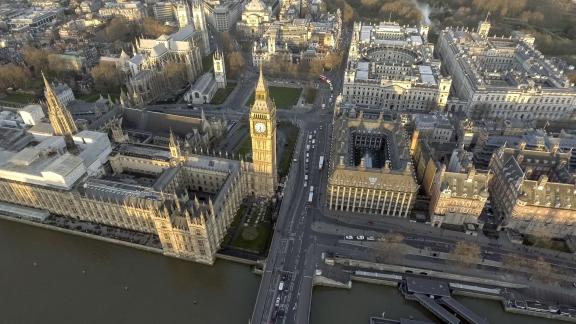NHS performance improving but no end in sight to high demand

- The total waiting list for procedures and appointments has fallen to 7.40 million in February, down from 7.43 million in January and the sixth consecutive monthly fall;
- Three-quarters (75%) of patients were admitted, transferred or discharged from A&E departments within four hours in March;
- There were 2.39 million attendances at A&Es across England in March, the second highest level on record;
- Category 2 ambulance average response time for March was 28 minutes and 34 seconds against the thirty-minute target for 2025/26;
- For Category 1 ambulances, the average response time was 7 minutes and 52 seconds in March, the fastest time since May 2021;
- In February, 80.2% of cancer patients were told they had cancer or had it definitively ruled out within 28 days, against the target of 75%.
Responding to the latest NHS performance statistics Rory Deighton, acute director at the NHS Confederation, said:
“This data shows some very welcome performance improvements across waiting lists, cancer, and urgent and emergency care, despite continued high demand.
“The drop in waiting lists for the sixth month in a row is testament to the hard work of NHS leaders and their teams working around the clock to boost productivity. But our members are under no illusions that there is still a long way to go to reduce the waiting list to more manageable levels and hit the 18-week target.
“A&Es and ambulances continued to see very high demand in March, with emergency departments seeing their second highest level of attendances on record. Despite this, staff managed to treat three-quarters of A&E patients within the four-hour target and improve ambulance response times. But it is clear that while winter is over there is no end in sight to rising demand for NHS care.
“But with integrated care boards (ICB) tasked with making 50 per cent cuts to their running costs and providers having to reduce corporate cost growth by half, health leaders are going to have to make some very difficult decisions over the future of some services. There will need to be a balance between improving performance and implementing the reforms needed to put the NHS on a sustainable footing in the long-term.”



